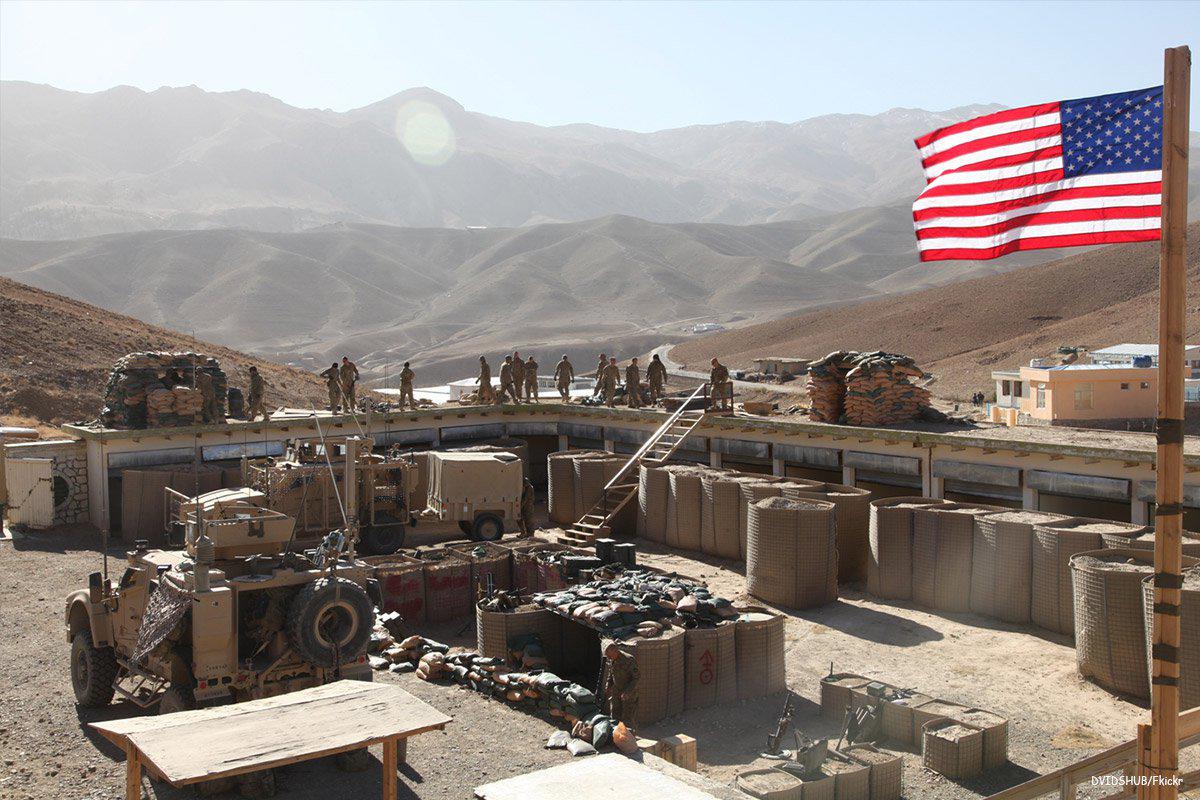According to media reports, the Trump Administration is exploring options to maintain an American military presence on the ground in northern Syria after the expulsion of the Islamic State in Iraq and Syria (ISIS).
While the Administration’s commitment to the Syrian Democratic Forces (SDF) can be applauded, this policy is certain to put the United States on a collision course with the Syrian regime of Bashar Al-Assad and his supporters. Those supporters are, not surprisingly, Russia, Iran, and now even Turkey – let’s call them the troika.
It is plausible to hold the belief that the United States is being effectively marginalized by the troika. The US was late to come to the fight, refusing to assist the Free Syrian Army (FSA) when they asked for Western assistance in 2012.
[one_half padding=”0 10px 0 0″][starbox][/one_half]At that time, military analysts were discussing how much time the Al-Assad regime had left, how soon the FSA would be taking the fight to Damascus, and what options were available for the future of a post-Bashar Syria.
At that time, not only was the FSA asking for outside assistance, so too was Bashar Al-Assad – the difference is that he actually received it.
The initial support came in the form of fighters from Iran’s Islamic Revolutionary Guard Corps (IRGC) Qods Force, and their Lebanese proxy Hezbollah. That later expanded to include Shiite militias from Iran, Iraq and even Afghanistan. It was these outside forces that prevented the removal of Bashar Al-Assad.
Two years later – September 2014 – when it appeared that the Al-Assad regime was in danger of being defeated at the hands of the FSA and a coalition of Islamist groups, the Russians intervened. The Russians claimed they were in Syria to attack ISIS and other Islamic groups, but in reality the Russians came to prop up the regime of Bashar Al-Assad.
The pattern of their airstrikes from the initial deployment until now bears that out. The Russians were able to extract 49-year renewable leases for use of the Syrian naval facility at Tartus, and the Syrian naval aviation facility at Humaymim near the port city of Latakia. The Russians are in Syria to stay.
It is important to note that of the foreign forces in Syria, including the Turks in the Kurdish area northeast of Aleppo and now in Idlib governorate, only the Russians and the Iranian-led Shiite coalition are there at the request and authorization of the Syrian government.
Syrian government media constantly decries the “illegitimate and illegal” American military presence in the country.
The Syrian Kurds, who comprise the bulk of the SDF coalition, were hoping that their contributions in the expulsion of ISIS forces from Syria would gain them consideration from the government in Damascus.
The Kurds hope to establish an autonomous region in northern Syria – they call it Rojava – analogous to the Kurdistan Regional Government (KRG) autonomous region in northern Iraq.
The Syrian government has been quite clear in their intention to re-establish full government control over the entire area of Syria, including the Kurdish area, specifically rejecting Kurdish proposals for any form of autonomy. The Kurds, looking east at their cousins in northern Iraq, cannot take comfort in recent Iraqi government moves to reassert federal control over all non-KRG territory which the Kurds had taken from ISIS in support of Iraqi government’s efforts to eject ISIS fighters from Iraq.
The Baghdad government is now in the process of taking control of all border crossings and international airports in the KRG.
It is very possible that Iraq, now that virtually all ISIS fighters have been expelled from the country, will bow to Iranian pressure and ask (well, demand) the United States and the coalition it leads to withdraw its forces from the country. It will be very difficult for American forces to remain in the country in the face of that request.
In Syria, it will be even more difficult to maintain an American military presence after the expulsion of ISIS from the country. Despite United States’ desire to support the SDF and the Kurds, with no American/coalition force presence in Iraq the logistics will be almost impossible.
Assuming that there will be no US presence in Iraq, the only alternate line of communication would be via Turkey. The Turks are not going to assist the United States in any way to support the Kurds – in fact, the Turks, a nominal NATO ally, have been obstructionist and generally unhelpful in American/SDF efforts to remove ISIS from Syria. Count them out as far as any assistance goes.
The troika will continue to meet to discuss the future of Syria – of course, that means the continuation of the Bashar Al-Assad regime and the roles and interests of the three countries. They are united in their positions that the United States has no role to play in the future of Syria.
There is almost no chance of a continued American military presence in Syria. I fear for the Kurds.

